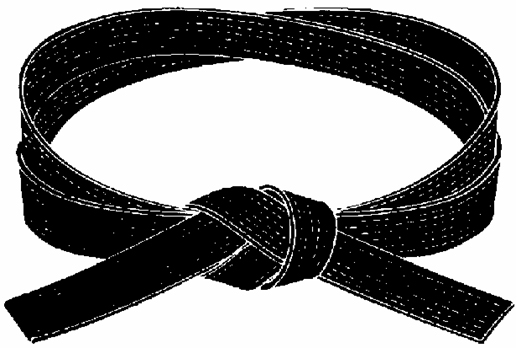Shikaku (Eligibility Requirements)
To be eligible to test for shodan, a candidate must meet all of the eligibility requirements listed below:
| n | A minimum of thirty-six (36) months training in Shimabukuro-ha Shitō-Ryū karate-dō | |
| n | A minimum age of 16 years** | |
| n | Participate in a minimum of fifty (50) one-hour karate training classes since promotion to shodan-ho. |
| n | Consistently exhibit satisfactory attitude and behaviour at home and school (youth and children). | |
| n | Consistently exhibit appropriate attitude and behaviour in the dōjō | |
| n | Submit a written request for promotion testing on the prescribed form | |
| ** | Students holding ranks of shodan (1st degree black belt) and higher are expected to lead and assist in instructing yūkyūsha and shoshinsha. Instruction in classical budō involves not just the physical skills and knowledge of budō , but the application of budō principles to daily life, which requires a level of personal maturity and experience not possessed by those below the age of 16. |
>back to top


